Have you ever found yourself staring at a spice jar labeled "nuez moscada" in a Spanish-speaking market and wondered if it was the same nutmeg you use back home? You're not alone! Whether you're a culinary pro brushing up on your bilingual pantry or an adventurous foodie traveling through Latin America, understanding nutmeg's name and role across cultures can be both enlightening and delicious.
- What Is Nutmeg?
- Nutmeg in Spanish: From Vocabulary to Verbena
- The Cultural Significance of Nutmeg Around the World
- How to Use Nutmeg in Spanish-speaking Kitchens
- Buying Guide: How to Choose the Best Nutmeg
- Storing and Preserving Nutmeg for Maximum Flavor
- Fun Facts and Common Mistakes
- Frequently Asked Questions About Nutmeg in Spanish
- Conclusion: Spice Up Your Life with Nutmeg
What Is Nutmeg?
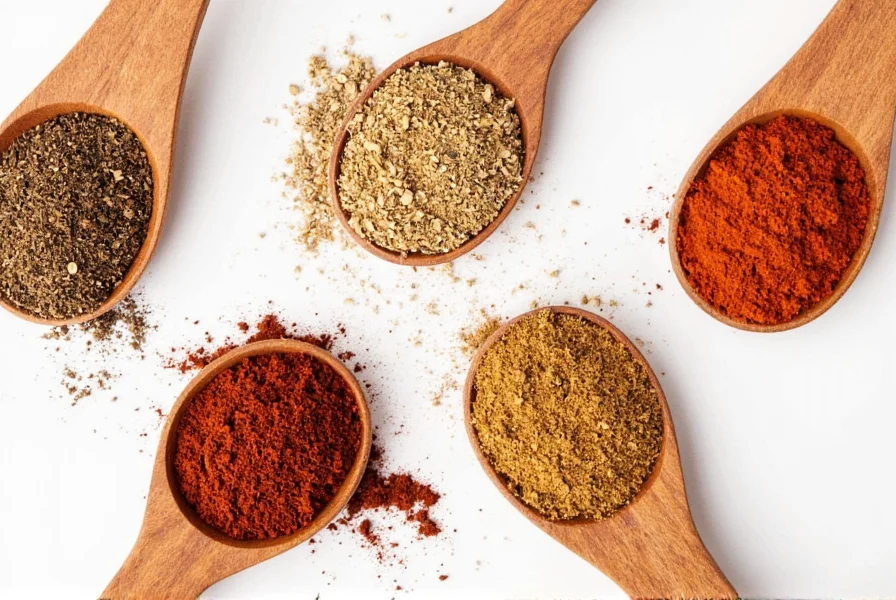
Nutmeg is a popular spice made from the seed of the Myristica fragrans tree, native to the Banda Islands in Indonesia. Known for its warm, sweet aroma and slightly nutty flavor, nutmeg is widely used in both sweet and savory dishes around the world. It's commonly paired with cinnamon and cloves in baked goods, but also plays a key role in Indian, Middle Eastern, and Caribbean cuisines.
From Seed to Spice: The Nutmeg Process
The nutmeg fruit splits open when ripe, revealing a shiny black seed inside — that's the nutmeg we know. Once harvested, the seeds are dried for several weeks before being sold whole or ground into powder. The outer red aril surrounding the seed is another spice known as mace, often mistaken for nutmeg itself.
| Spice Type | Description | Flavor Profile | Common Uses |
|---|---|---|---|
| Nutmeg | Hard inner seed of the Myristica fragrans fruit | Warm, earthy, slightly sweet | Baked goods, soups, sauces, stews |
| Mace | Red, lace-like covering (aril) of the nutmeg seed | Milder, spicier than nutmeg | Rice dishes, custards, pastries |
Nutmeg in Spanish: From Vocabulary to Verbena
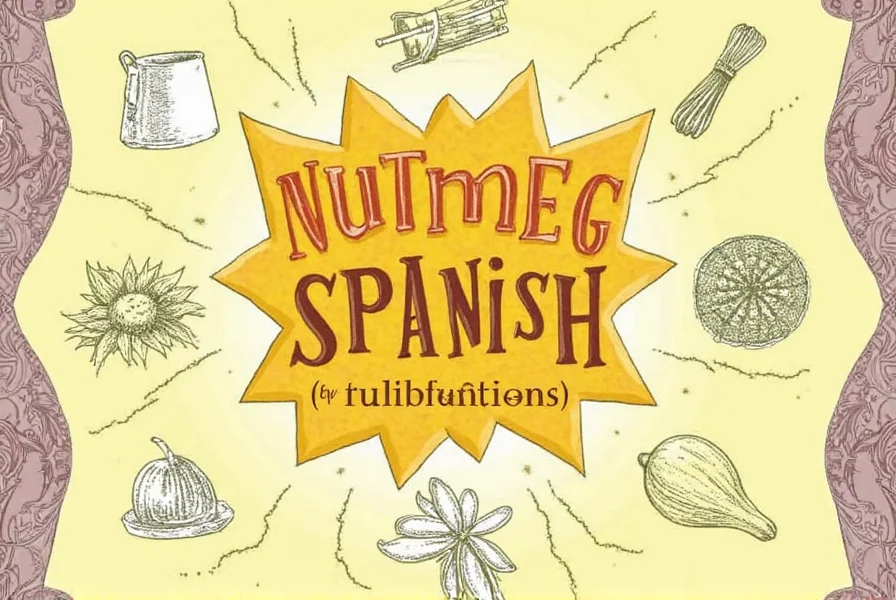
In Spanish, nutmeg is most commonly referred to as "nuez moscada". Let's break this down:
- Nuez: translates to "nut"
- Moscada: means "musky" or "spicy," referring to the distinct aroma
So, putting it together, "nuez moscada" literally means "musky nut." While this may sound unusual, it perfectly captures the spice's bold, aromatic essence. In some regions, especially in the Caribbean and parts of Central America, you might hear locals shorten it to just "moscada."
Quick Tip: Spotting Nutmeg in Spanish Markets
When shopping in Spanish-speaking countries, look for these variations:
- Nuez Moscada (most common)
- Moscada (informal usage in Caribbean regions)
- Nuez de Jamaica (used occasionally in Mexico)
The Cultural Significance of Nutmeg Around the World
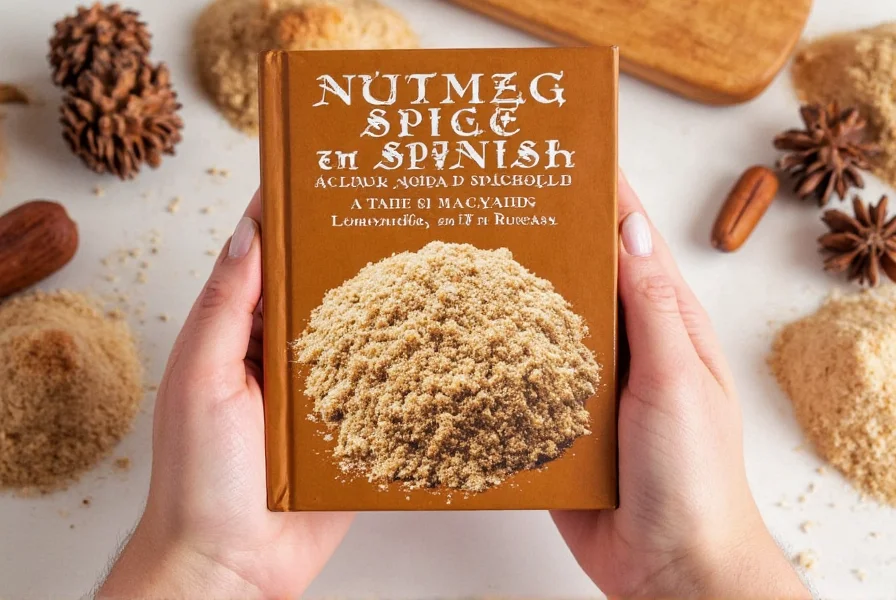
Nutmeg has a rich history dating back centuries. Once so valuable it sparked wars between colonial powers, nutmeg remains a symbol of trade, luxury, and healing across various cultures:
- Indonesia: Birthplace of nutmeg; historically controlled by Dutch traders who guarded it fiercely.
- India: Used in garam masala and Ayurvedic medicine for digestive health.
- Europe: Popular in Christmas baking and mulled drinks like Glühwein.
- Caribbean: Found in jerk seasoning blends and holiday desserts.
Did You Know?
During the 17th century, nutmeg was worth more than gold per weight in Europe. The Dutch even went as far as burning nutmeg trees they didn't control to maintain scarcity!
How to Use Nutmeg in Spanish-speaking Kitchens
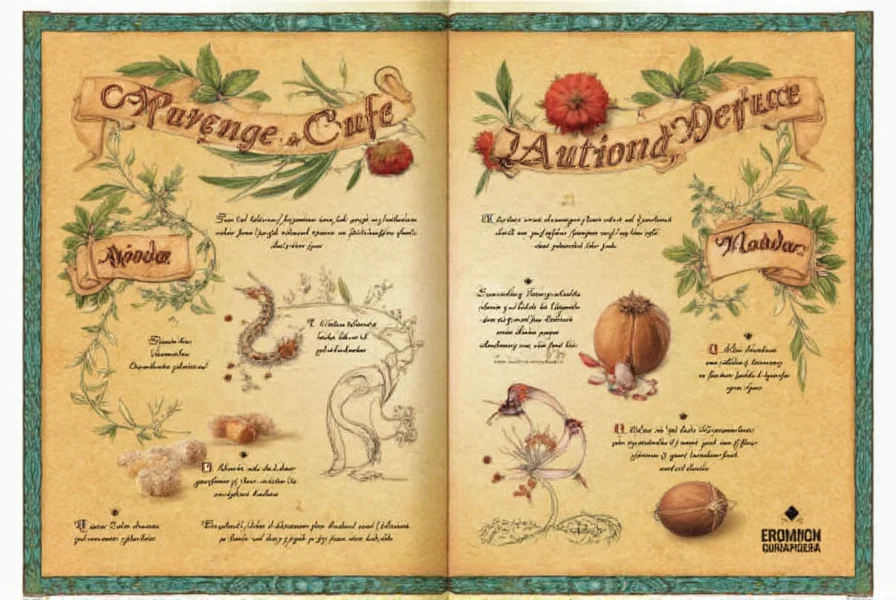
While nutmeg isn't always the star of Spanish cuisine, it does play a subtle supporting role in many classic dishes:
Traditional Spanish Dishes Featuring Nutmeg
- Crema Catalana: Spanish version of crème brûlée, often flavored with citrus zest and a hint of nutmeg.
- Churros con Chocolate: Some recipes add nutmeg to the dough for extra warmth.
- Arroz con Leche: A creamy rice pudding where nutmeg adds depth to the cinnamon and vanilla flavors.
Popular Latin American Dishes Using Nutmeg
- Panettone (Latin American style): This Italian-inspired holiday bread uses nutmeg for warmth and complexity.
- Galette des Rois (Mexico): King's cake served during Three Kings Day celebrations includes nutmeg for a festive touch.
- Atole de Elote: Mexican corn-based hot drink often enhanced with cinnamon and nutmeg.
Buying Guide: How to Choose the Best Nutmeg
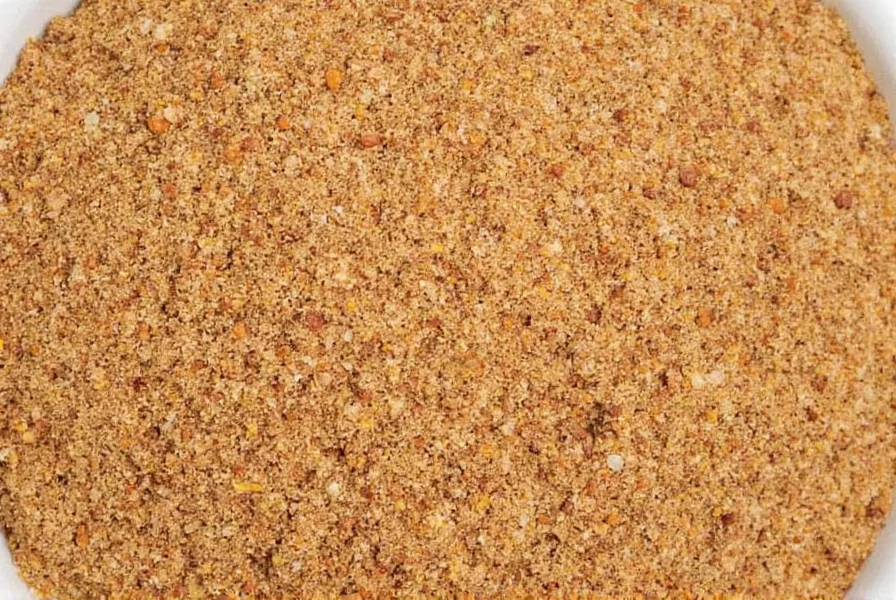
Whether you're buying in Spain or browsing a local Latin market, knowing how to pick quality nutmeg makes all the difference. Here's what to look for:
Whole vs. Ground Nutmeg
| Type | Pros | Cons | Best For |
|---|---|---|---|
| Whole Nutmeg | Fresher flavor, longer shelf life, customizable grind | Takes effort to grate, requires tools | Cooks who value freshness, bakers, chefs |
| Ground Nutmeg | Convenient, easy to measure, ready-to-use | Loses potency faster, less aromatic | Home cooks, quick meals, everyday baking |
Top Brands to Look For
- Mrs. Dash – Spices & Herbs: Great for mild seasoning blends that include nutmeg.
- McCormick Gourmet Collection: Offers premium-quality ground and whole nutmeg.
- Schilling: A trusted brand with consistent flavor and quality.
- Simply Organic: USDA-certified organic option for eco-conscious buyers.
Storing and Preserving Nutmeg for Maximum Flavor
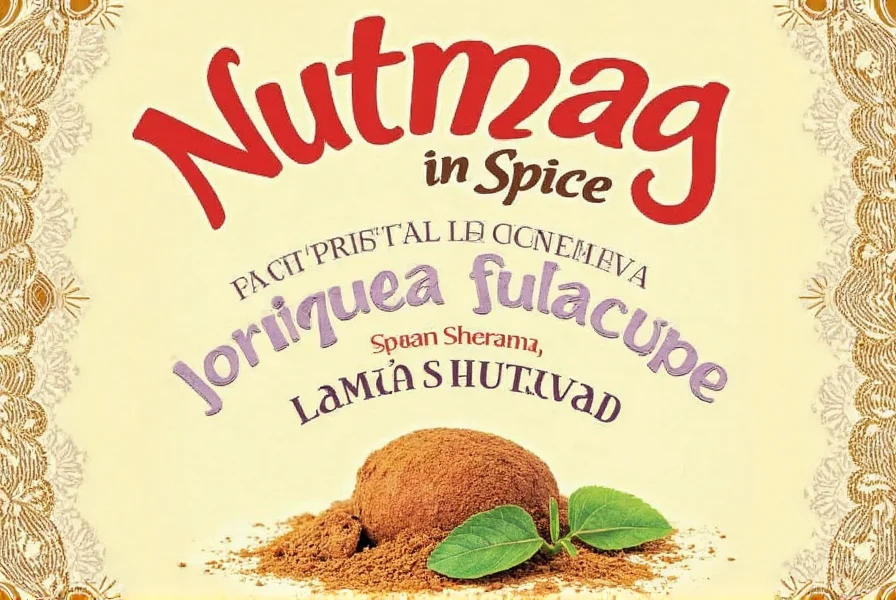
Proper storage ensures your nutmeg stays fragrant and flavorful for months. Here's how to do it right:
Storage Tips for Whole Nutmeg
- Store in an airtight container
- Keep away from heat and sunlight
- Use within 3–4 years for best flavor
Storage Tips for Ground Nutmeg
- Keep in sealed glass jar
- Store in a cool, dry place
- Replace every 6–12 months
Fun Facts and Common Mistakes
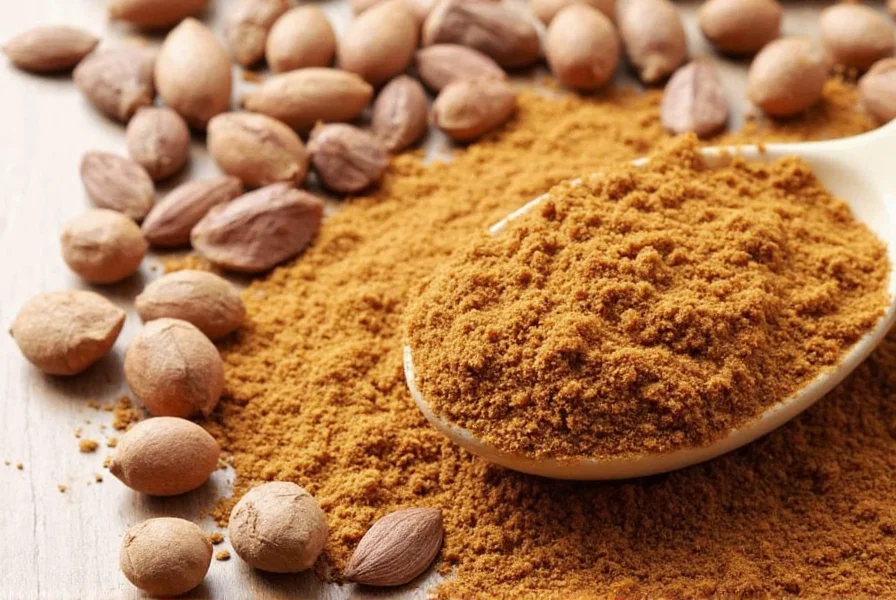
Let's dive into some intriguing trivia and frequent missteps when dealing with nutmeg:
Top 5 Nutmeg Myths Debunked
- Myth: Nutmeg gets you high.
Fact: Consuming large amounts can be toxic due to myristicin content. Not safe for recreational use. - Myth: Nutmeg and mace are the same thing.
Fact: Different parts of the same plant — nutmeg is the seed, mace is the aril. - Myth: You should always substitute nutmeg for mace.
Fact: Their flavors differ — mace is stronger and spicier. - Myth: Ground nutmeg is better because it's easier to use.
Fact: Whole retains flavor longer; freshly grated is superior. - Myth: Nutmeg doesn't expire.
Fact: Ground nutmeg loses potency in 6–12 months; whole lasts longer but still fades.
Frequently Asked Questions About Nutmeg in Spanish
Here are answers to common questions about nutmeg terminology and usage in Spanish-speaking contexts:
What is the Spanish term for nutmeg?
The primary Spanish term for nutmeg is "nuez moscada", which literally translates to "musky nut." This is the standard term used across most Spanish-speaking regions for the spice we know as nutmeg in English.
Are there regional variations for "nuez moscada" in Spanish?
Yes, there are several regional variations:
- Moscada: A shortened informal version commonly used in Caribbean countries
- Nuez de Jamaica: Occasionally used in Mexico (though literally "Jamaican nut," it refers to nutmeg)
How is nutmeg used in traditional Spanish cuisine?
Nutmeg plays a subtle but important role in several classic Spanish dishes:
- Crema Catalana: Often includes a hint of nutmeg along with citrus zest
- Churros con Chocolate: Some traditional recipes add nutmeg to the dough
- Arroz con Leche: The Spanish rice pudding where nutmeg complements cinnamon and vanilla
What's the difference between nutmeg and mace?
Though they come from the same plant (Myristica fragrans), they're different spices:
- Nutmeg: The hard inner seed with a warm, earthy, slightly sweet flavor
- Mace: The red, lace-like covering (aril) of the nutmeg seed with a milder, spicier flavor
Is nutmeg safe to consume in large quantities?
No, nutmeg should be used in moderation. While perfectly safe in culinary amounts (typically 1/8 to 1/4 teaspoon per recipe), consuming large quantities (multiple tablespoons) can be toxic due to myristicin content. Historically, some have mistakenly believed nutmeg has psychoactive properties, but this is dangerous and not recommended.
How long does nutmeg stay fresh and flavorful?
Storage life varies by form:
- Whole nutmeg: Keeps its flavor for 3-4 years when stored properly in an airtight container away from heat and light
- Ground nutmeg: Loses potency faster, best used within 6-12 months
Conclusion: Spice Up Your Life with Nutmeg
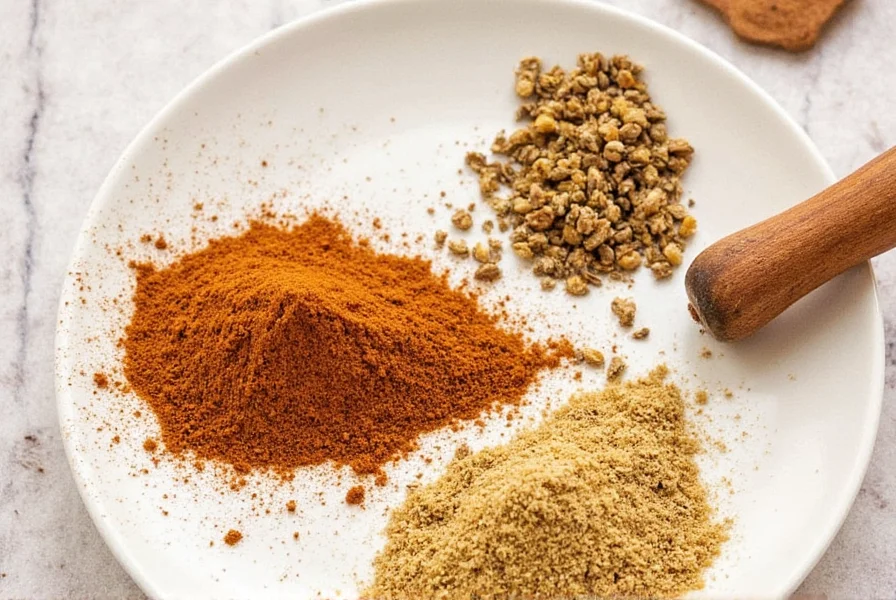
Whether you call it "nuez moscada" in Spanish or simply nutmeg in English, this versatile spice deserves a spot in every well-stocked kitchen. From traditional European puddings to Caribbean holiday treats, nutmeg bridges languages, cultures, and cuisines beautifully. With the right knowledge, you can confidently shop for, store, and use nutmeg to enhance your cooking and impress guests with globally inspired flavors.
Now that you've unlocked the secrets of nutmeg in Spanish, why not try making your own holiday spice blend using this ancient treasure? ¡Buen provecho y que tenga un sabor rico y cálido!

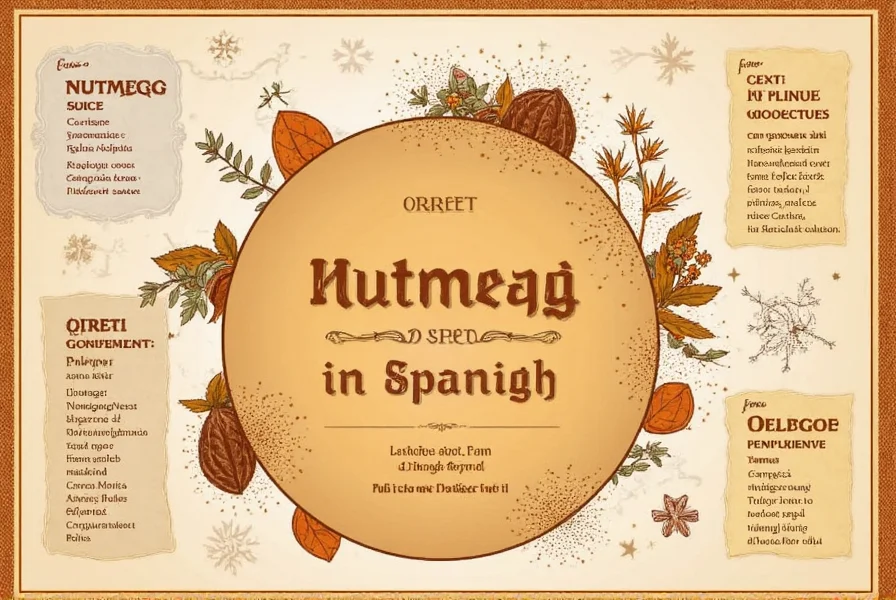









 浙公网安备
33010002000092号
浙公网安备
33010002000092号 浙B2-20120091-4
浙B2-20120091-4